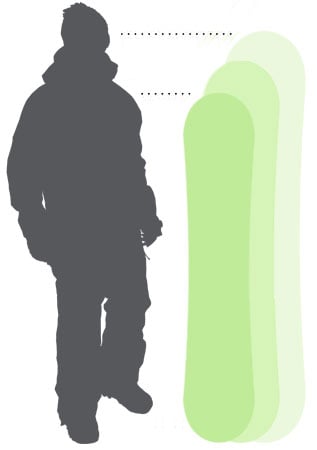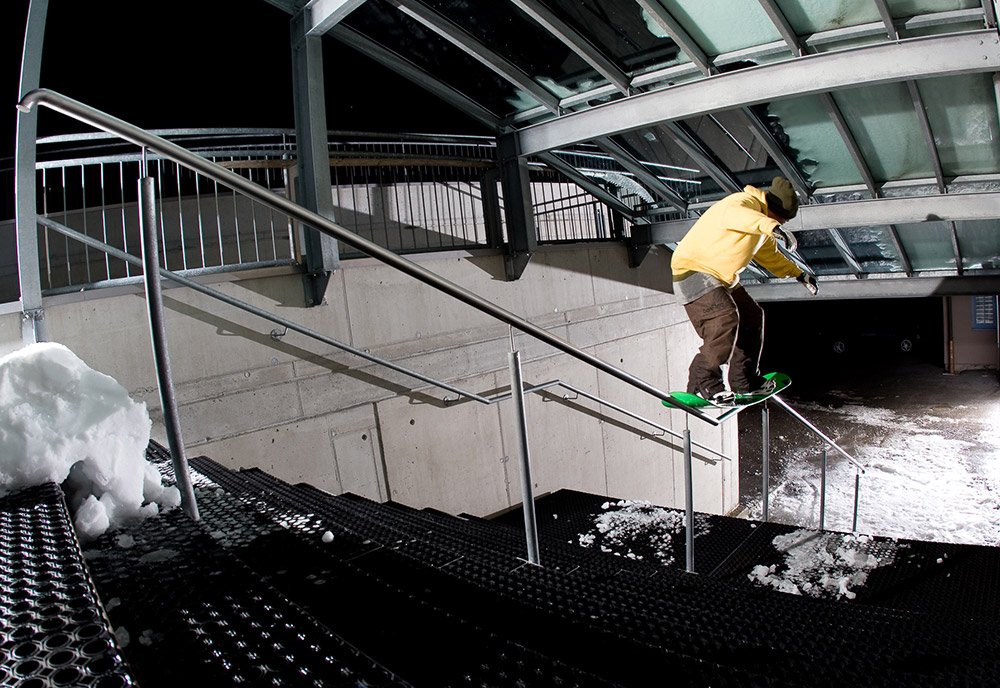Flex
The amount a snowboard flexes varies significantly between boards. Snowboard flex ratings are not necessarily standardized across the industry, so a "medium" flex may vary from brand to brand. Many manufacturers will give a number rating ranging from 1-10, 1 being softest and 10 being stiffest. Here at evo we have standardized the manufacturers' number ratings as a feel rating ranging from soft to very stiff. Generally we classify flex ratings of 1-2 as soft, 3-5 as medium, 6-8 as stiff, and 9-10 as very stiff. Flex ratings and feel may ultimately vary from snowboard to snowboard.
Softer Flex
Softer flexing snowboards (typically freestyle and some all mountain snowboards) are going to be more forgiving and easier to turn. A soft flex is good for beginners, riders with lower body weights and park riders. Soft snowboards tend to be a bit looser at higher speeds but can also provide a soft buttery feel at slower speeds.
Stiffer Flex
Stiffer flexing snowboards are usually built for freeride or backcountry use. They provide better edge hold and are more stable at high speeds. Stiff boards can be great for riders laying down high speed turns but tough for lightweight riders to flex properly.








